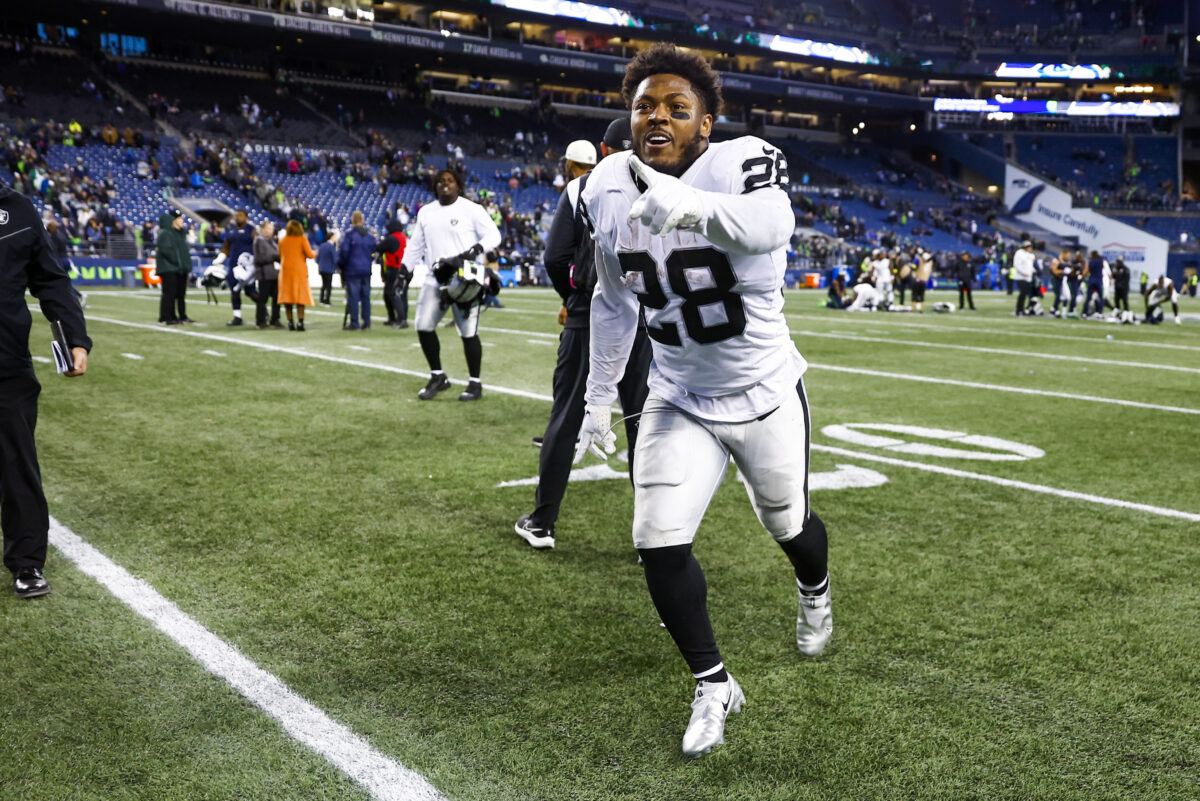In the latest Giants Wire Throwback Thursday, we head back to the 1989 playoffs when the Los Angeles Rams stunned the New York Giants in OT.
In 1989, the New York Giants were back in the playoffs for the first time since their dominant, Super Bowl-winning season three years before.
In 1987, they opened at 0-2 before the players went on strike. The owners continued the season with replacement players, something the Giants did not stock up on, and before you could blink an eye, they were 0-5. They recovered to finish 6-9, but it was not enough to qualify for the postseason.
In 1988, the Giants finished 10-6 but failed to secure a postseason berth when they lost to the Jets, 27-21, in the final game.
The 1989 season would be the year the Giants rose back to prominence. They opened the season with an 8-1 record and went on to win the NFC East with a 12-4 record. As a division winner, they drew a bye in the wild-card round of the playoffs.
On Jan. 7, 1990, Bill Parcells’ crew hosted John Robinson’s Los Angeles Rams at Giants Stadium in the NFC divisional round. The Rams had disposed of the Philadelphia Eagles the week before in the wild-card round and came into New Jersey as three-point underdogs.
The Rams were one of the teams that managed to beat the Giants during the regular season, knocking them off, 31-10, in Anaheim on Nov. 12.
In this game, however, L.A. had to come 3,000 miles to play a Giants team that had lost just once at home that season. On a typical blustery Meadowlands afternoon, the feeling in the air was that the Giants were going to romp.
That didn’t happen. Instead, they were flatter than they had looked in weeks.
The over/under on the game was 39 points because, well, it was a Giants game with Parcells at the helm. As predicted, the game was a low-scoring one.
The Giants defense was putting in their typical home cold-weather defensive performance, and New York was up, 6-0, with 17 seconds to go in the first half. That’s when Los Angeles quarterback Jim Everett caught the Giants napping and hit wide receiver Willie “Flipper” Anderson for a 30-yard touchdown strike.
That would not be the last the Giants would see of Anderson on the day.
The Giants regained the lead in the third quarter on a 2-yard touchdown plunge by Ottis Anderson. The Rams would hold the Giants scoreless in the fourth quarter and tie the game at 13 with two short field goals by Mike Lansford, sending the game into overtime.
Fans were getting antsy, groaning about the Giants offense being put in dry dock in the second half by Parcells. An earlier interception that led to a Rams touchdown may have been the reason.
In overtime, the Rams won the coin toss and marched down the field on the stunned Giants. It took only 1:06 for the visitors to score the winning touchdown, a 30-yard reception by Anderson over Giants cornerback Mark Collins that ended with Flipper running straight through the back of the end zone, through the tunnel and into the locker room.
“When I came into the lockers, I was here by myself,” said Anderson, whose only two catches that Sunday were the Rams’ only touchdowns. “I didn’t know what to do.”
Neither did any of us who were watching in the stands. Was that it? Is the game over? Does that count?
It sure did. And it still stings.
The Giants would bounce back from this devastating loss and win the Super Bowl the next season, but it was another long offseason for Giants fans in 1990.
In retrospect, fans still cringe when they think about that day, and when they hear Flipper Anderson’s name, but they shouldn’t. Anderson only caught two passes on the day — both went for touchdowns — but was a well-known deep threat.
They should have been more aware of Anderson, who set a single-game NFL record for receiving yards (336) six weeks before against New Orleans. That record still stands.
[listicle id=677733]


